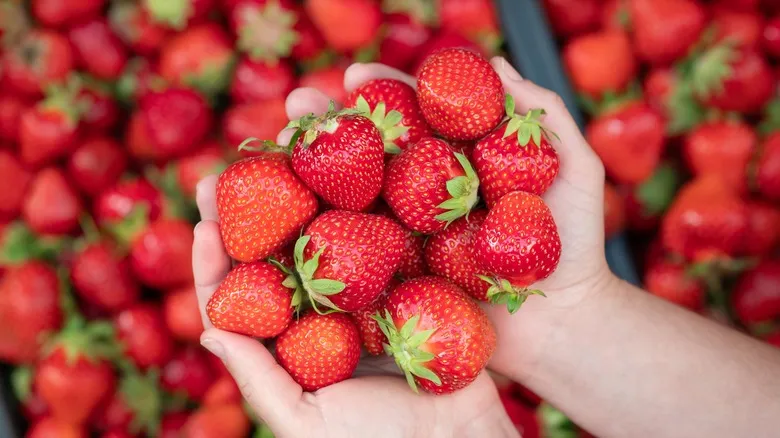Prep, then double freeze for easy-to-work-with berries
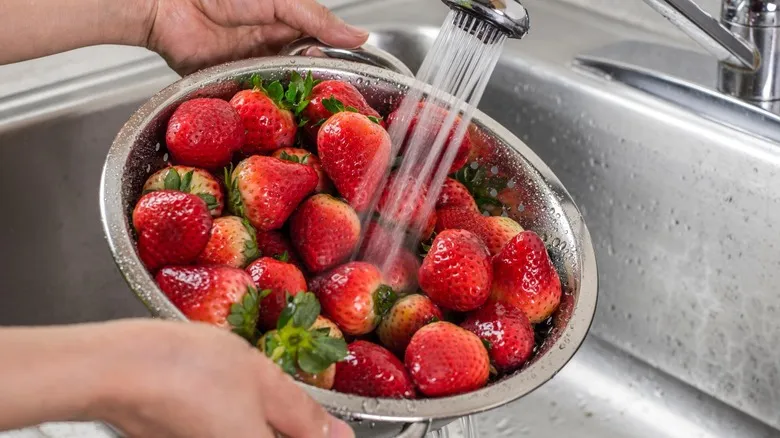
To properly prepare your fruit, start by inspecting and removing any stems or leaves, separating any unripe berries from the batch, and rinsing them thoroughly. After washing, lay them on towels and gently pat them dry. If you plan to chop your strawberries, do so now rather than after they’ve been frozen. Once the berries are prepped and dry, arrange them in a single layer on a cookie sheet and place them in the freezer for a few hours until they are completely frozen.
This initial step ensures that the berries freeze individually instead of in large clumps, making them easier to use later. After they are frozen, take the trays out and transfer the berries into freezer-safe containers—plastic bags, airtight containers, or jars are all suitable options—and return them to the freezer until you need them. Be sure to label the containers with the date using a permanent marker; they will maintain their best quality for about 6-8 months.
Keep in mind that freezing can slightly change the texture of many foods, including berries. Don’t expect the same juicy, fresh-off-the-vine texture when using thawed frozen berries. For dishes like fruit salads or fruit platters where texture matters, it’s best to stick with fresh fruit. However, frozen berries are perfect for baking in cobblers or pies, adding to oatmeal, mixing into pancake batter, simmering down into a syrupy compote, or even blending into a frozen margarita—the possibilities are endless.
Frozen berries maintain their nutritional benefits
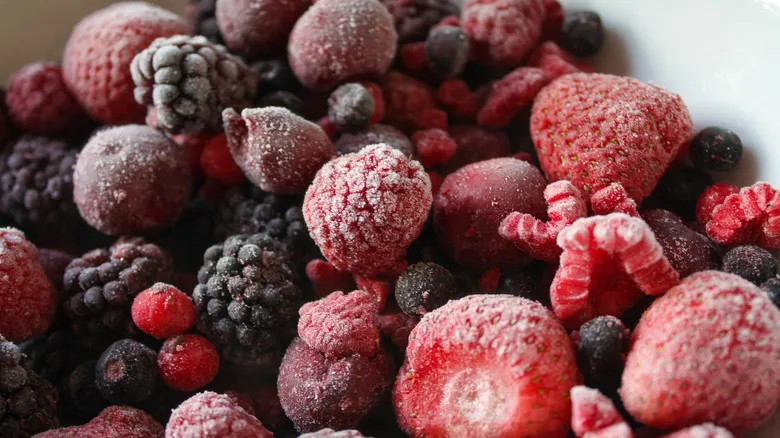
Fresh berries are not only bursting with flavor and juiciness, but they are also rich in vitamins and antioxidants when harvested at their peak ripeness. Fortunately, freezing effectively pauses their freshness and retains all the vitamins and nutrients, ensuring that their health benefits remain intact even after weeks or months in the freezer.
In contrast, purchasing out-of-season produce that has been shipped from far away often results in fruit that was picked before it ripened, leading to a significant loss of nutritional value. Additionally, such fruit may not have had the opportunity to develop its full flavor. This highlights the importance of buying locally and aligning your shopping habits with the seasons whenever possible.
For the best and most nutritious frozen berries, it's ideal to start with fresh, locally grown berries, perhaps sourced from your local farmer's market or picked in-season. However, if those aren't available, there's no need to worry—every type of fruit is healthy and delicious. Regardless of where your berries come from, using a double-freeze method is a reliable way to prevent mold and preserve your fresh berries, helping you save money and reduce food waste.
Recommended
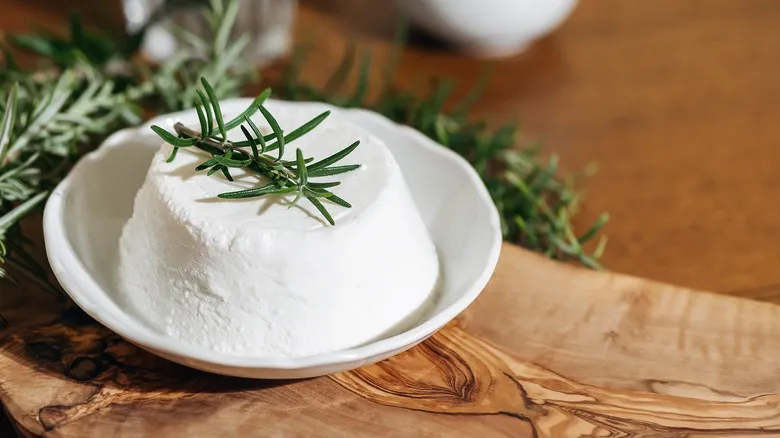
The Last Day You Can Still Eat Ricotta Cheese After Opening It

Foods You Should Avoid At All Costs At The Continental Hotel Breakfast Buffet
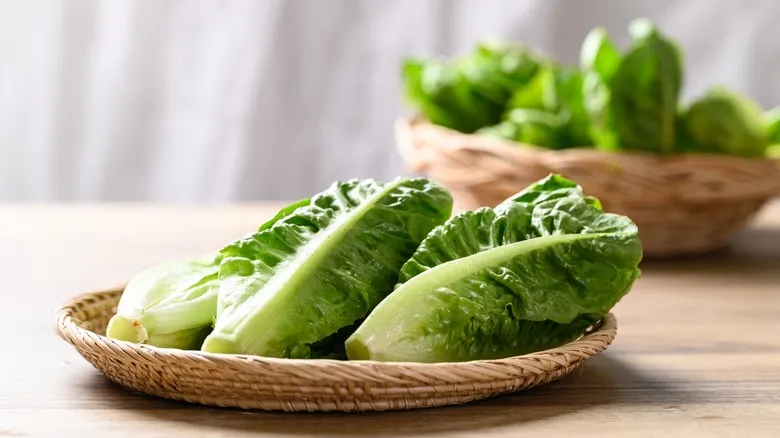
The Storage Tips You Need For Fresh Romaine Lettuce

Melissa Clark's Tip For Freezing Sauces Saves A Ton Of Freezer Space
Next up

